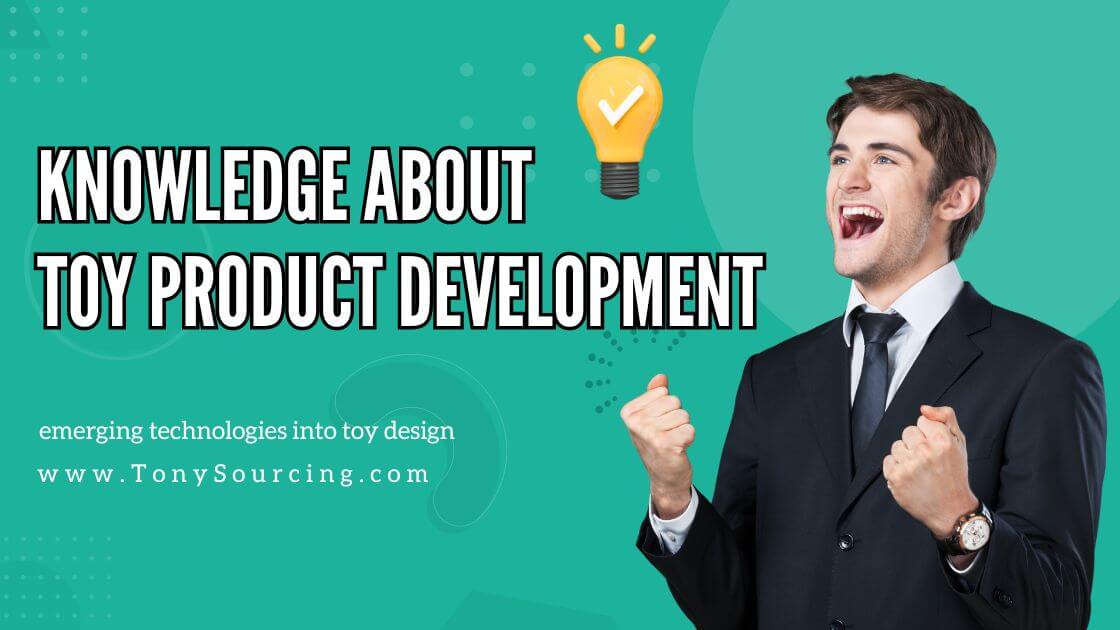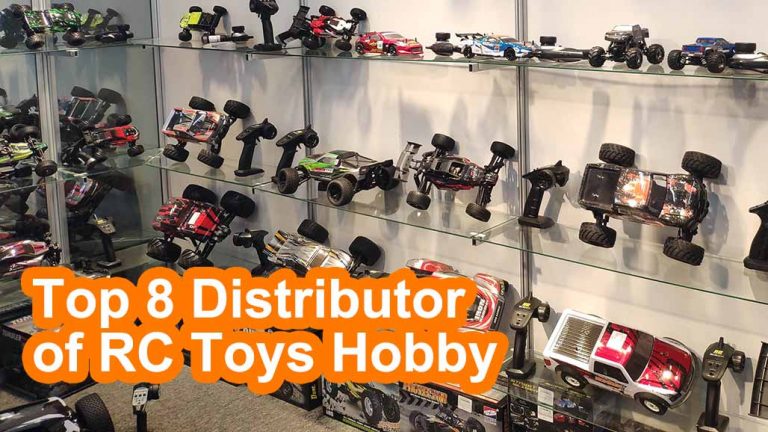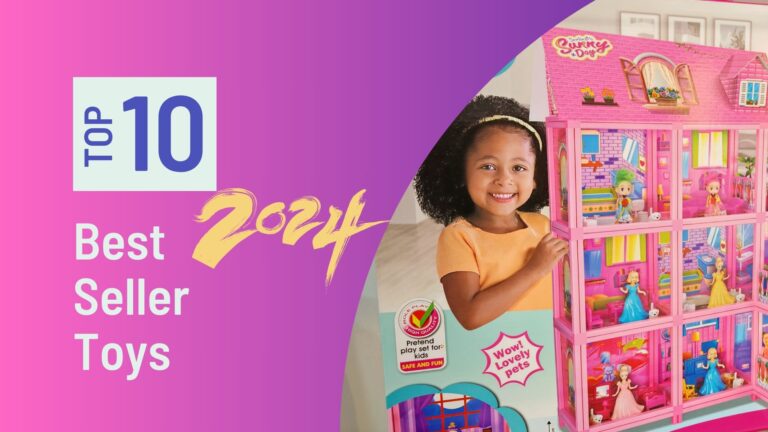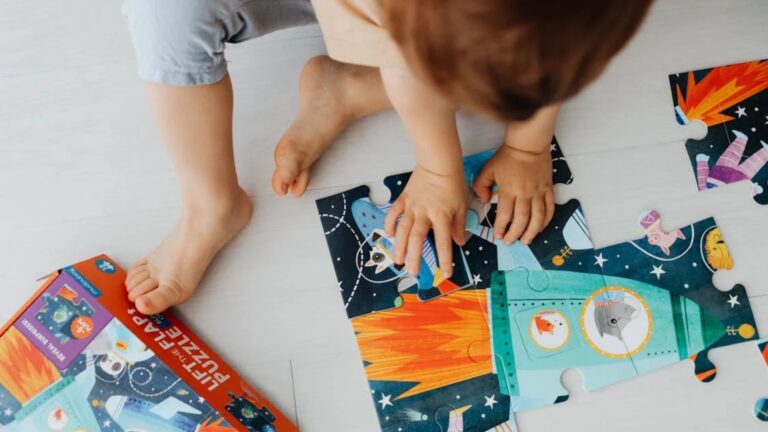9 Knowledge About Toy Product Development
As technology continues to evolve, toys are becoming increasingly intelligent and interactive. How can you incorporate emerging technologies into toy design? This article will provide you with some inspiration.
- #1 What is toy product development?
- #2 the stages of toy product development? (How to create a toy product?)
- #3 Toy Market Analysis?
- #4 Toy production processes and considerations
- #5 How is Toy safety testing and certification
- #6 Latest trends in the toy industry
- #7 Protect your toy intellectual property
- #8 Marketing strategies for toys
- #9 Project: How to Get Your Toy Idea Made
Table of Contents
Toggle#1 What is toy product development?
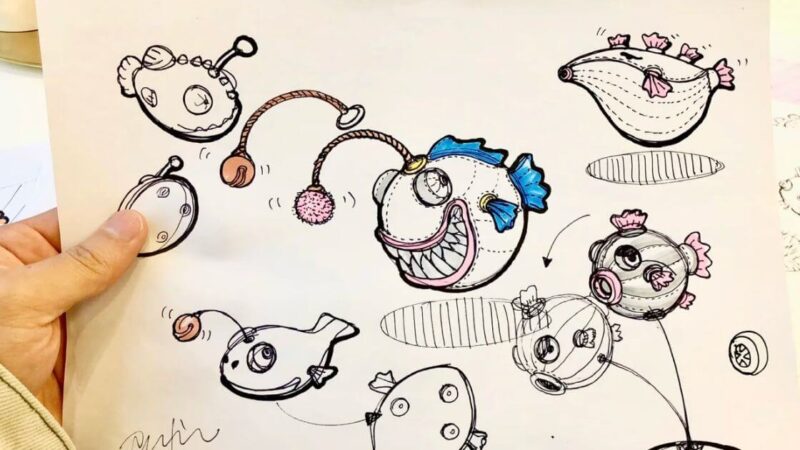
Toy product development is the process of creating a new toy, from initial concept to a finished product ready for market. It involves a combination of creativity, engineering, market research, and business strategy.
#2 What are the stages of toy product development? (How to create a toy product?)
The journey from a toy concept to store shelves involves several distinct phases:
1. Idea Generation and Concept Development
- Identifying potential toy ideas based on market trends, consumer research, or creative inspiration.
- Developing a clear concept for the toy, including its target audience, play value, and unique selling points.
2. Design and Prototyping
- Creating detailed designs, sketches, and 3D models of the toy.
- Building prototypes to visualize the toy and test its functionality.
- Iterating on the design based on feedback and testing.
3. Market Research and Testing
- Conducting market research to understand consumer preferences and identify competitors.
- Gathering data on target market demographics and behaviors.
- Conducting playtests with children to evaluate the toy’s appeal and safety.
4. Engineering and Development
- Ensuring the toy is technically feasible and meets safety standards.
- Selecting appropriate materials and manufacturing processes.
- Creating detailed specifications for production.
5. Production and Manufacturing
- Sourcing reliable manufacturers and suppliers.
- Overseeing the production process and quality control.
- Managing inventory and logistics.
6. Packaging and Labeling
- Designing attractive and informative packaging.
- Ensuring compliance with labeling regulations.
7. Marketing and Launch
- Developing a marketing strategy to reach the target audience.
- Creating promotional materials and advertising campaigns.
- Building relationships with retailers.
8. Distribution and Sales
- Establishing distribution channels to reach consumers.
- Managing sales and inventory.
- Analyzing sales data to inform future product development.
By following these stages, toy companies can increase the chances of creating successful and profitable products.
#3 How to Conduct Toy Market Analysis
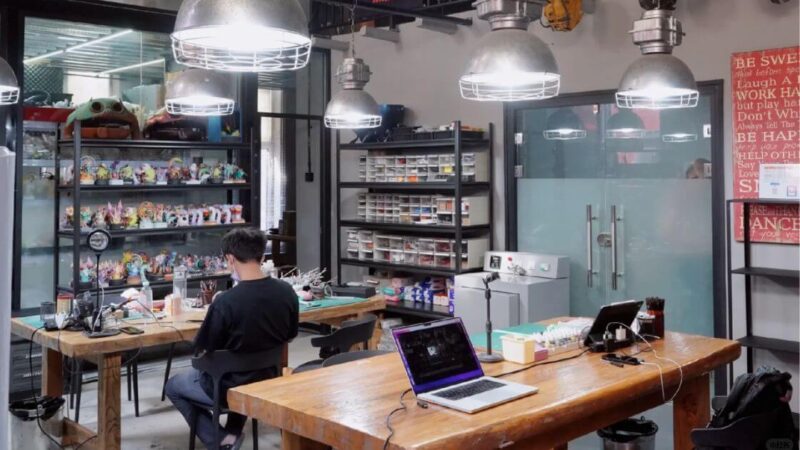
Toy market analysis is crucial for understanding consumer preferences, identifying opportunities, and making informed business decisions.
Blow listing some tools and data sources.
Data and Market Research Platforms
- Nielsen:Provides consumer data and insights into various product categories, including toys.
- NPD Group:Offers retail sales data and consumer research focused on the toy industry.
- Euromonitor International:Provides market data, consumer insights, and industry trends.
- Mintel:Offers consumer and market research data, including insights into toy trends and preferences.
- Google Trends:Provides insights into search trends related to toys, helping identify popular categories and emerging interests.
Social Media Listening Tools
- Hootsuite:Monitor social media conversations around toys, identify influencers, and track sentiment.
- Brand24:Similar to Hootsuite, allows you to track mentions of your brand or competitors.
- Mention:Another tool for social media listening and analysis.
#4 How is Toy production processes and considerations
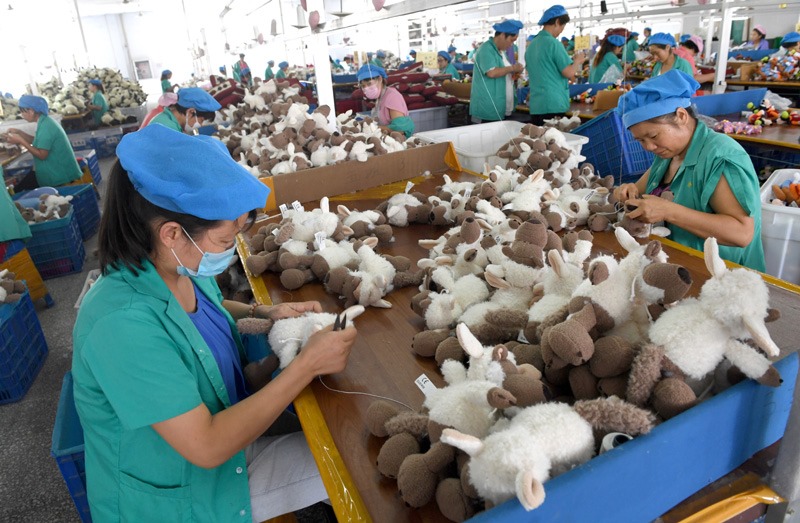
Toy production is a complex process that requires careful planning, execution, and attention to detail. Several key factors influence the success of toy manufacturing:
- Material Selection: Choosing safe, durable, and cost-effective materials is crucial. Factors like age appropriateness, play patterns, and safety standards guide material selection.
- Molding and Casting:Creating the physical form of the toy, often through plastic injection molding, but other methods like die-casting or blow molding might be used depending on the toy’s design.
- Assembly:Bringing together different components to form the complete toy. This can involve manual labor, automated assembly lines, or a combination of both.
- Painting and Decoration:Applying colors, designs, and finishes to the toy. This step requires precision and adherence to design specifications.
- Quality Control:Rigorous inspection processes to ensure the toy meets safety standards, functionality, and aesthetic requirements.
- Packaging:Designing and creating protective packaging that showcases the toy effectively.
- Logistics and Distribution:Managing the movement of toys from the factory to retail outlets or warehouses.
#5 How is Toy safety testing and certification?
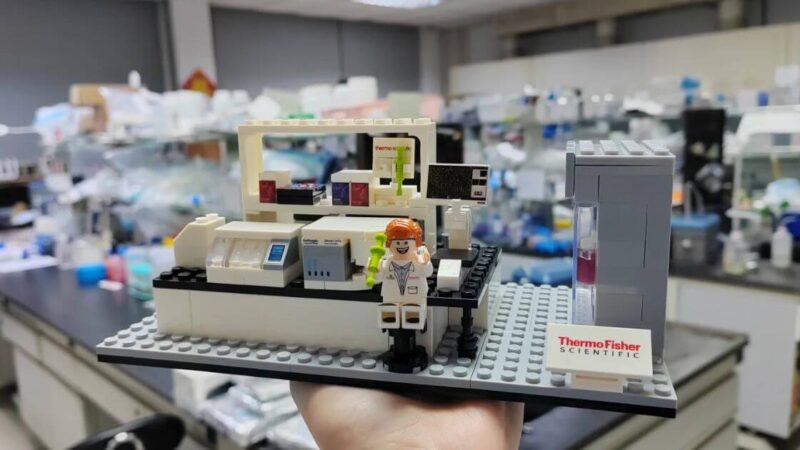
Ensuring the safety of toys is paramount for both manufacturers and consumers. Rigorous testing and certification processes are essential to protect children from potential hazards.
Key Aspects of Toy Safety Testing
- Material Testing:Assessing the composition of materials for harmful substances like lead, phthalates, and other chemicals.
- Physical Testing:Evaluating the toy’s structural integrity, including stress tests, impact resistance, and flammability tests.
- Small Parts Testing:Ensuring that small parts are secure and pose no choking hazards.
- Chemical Testing:Verifying that paints, coatings, and other materials comply with safety standards.
- Microbiological Testing:Checking for harmful bacteria or other microorganisms.
- Phthalate Testing:Assessing the presence of phthalates, which are harmful chemicals often found in plastics.
#6 What is Latest trends in the toy industry
The toy industry is constantly evolving to keep up with changing consumer preferences and technological advancements. Here are some of the most prominent trends shaping the toy landscape:
1. Sustainability and Eco-Friendly Toys
- Sustainable materials:Increased use of recycled, biodegradable, and natural materials.
- Ethical production: Focus on fair labor practices and reducing environmental impact.
2. STEM and Educational Toys
- Learning through play:Toys that promote STEM (Science, Technology, Engineering, and Math) skills.
- Coding and robotics: Interactive toys that teach children programming and problem-solving.
3. Digital Integration
- Smart toys: Toys connected to the internet or mobile devices for interactive play.
- Augmented reality (AR) and virtual reality (VR) toys:Immersive play experiences.
4. Nostalgia and Classic Toys
- Reimagined classics:Updated versions of beloved retro toys.
- Vintage-inspired designs:Appealing to both children and adult collectors.
5. Inclusivity and Diversity
- Representation of diverse cultures and abilities:Toys that reflect the world around children.
- Gender-neutral toys: Breaking down traditional gender stereotypes.
6. Experience-Based Play
- Encouraging creativity and imagination:Toys that inspire open-ended play.
- Social and emotional development:Toys that promote cooperation, empathy, and communication.
7. Safety and Regulations
- Stringent safety standards:Adherence to strict safety regulations.
- Transparent supply chains:Ensuring ethical and safe production practices.
By staying informed about these trends, toy manufacturers and retailers can develop products that resonate with consumers and drive growth in the industry.
#7 How to Protect your toy intellectual property
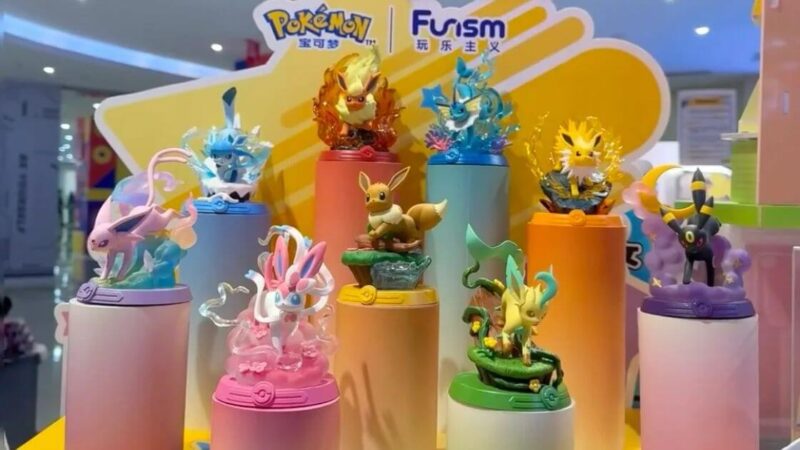
Protecting your toy intellectual property (IP) is crucial for safeguarding your investment and maintaining a competitive edge. Here’s a breakdown of key strategies:
Understand Your Intellectual Property
- Patents: Protect the functionality and mechanics of your toy. Consider utility patents for inventions and design patents for the toy’s appearance.
- Trademarks: Safeguard your brand name, logos, and slogans.
- Copyrights: Protect the artistic elements of your toy, such as character designs and packaging.
Document and Secure Your IP
- Detailed records:Maintain thorough documentation of your toy’s development process, including sketches, designs, and prototypes.
- Non-disclosure agreements (NDAs): protect confidential information by requiring employees and partners to sign NDAs.
- Copyright registration: While not always required, registering your copyright can provide additional legal protection.
#8 What is Marketing strategies for toys?
Marketing toys effectively requires a deep understanding of children, parents, and the ever-evolving toy market. Here are some key strategies:
Leveraging Digital Marketing
- Social media:Utilize platforms like Instagram, TikTok, and YouTube for engaging content.
- Influencer partnerships:Collaborate with toy influencers and child-focused content creators.
- Content marketing:Create valuable content like toy reviews, play ideas, and educational materials.
- Search engine optimization (SEO):Optimize your website and content for relevant keywords.
- Email marketing:Build an email list and send targeted promotions and updates.
Traditional Marketing Channels
- Television advertising:Reach a broad audience through TV commercials.
- Print advertising:Utilize magazines and newspapers for targeted campaigns.
- In-store promotions:Collaborate with retailers to create engaging displays and offers.
Experiential Marketing
- Pop-up shops:Create immersive brand experiences for customers.
- Play areas:Provide opportunities for children to play with toys in a fun environment.
- Events and sponsorships:Participate in family-oriented events and sponsorships.
#9 Project: How to Get Your Toy Idea Made
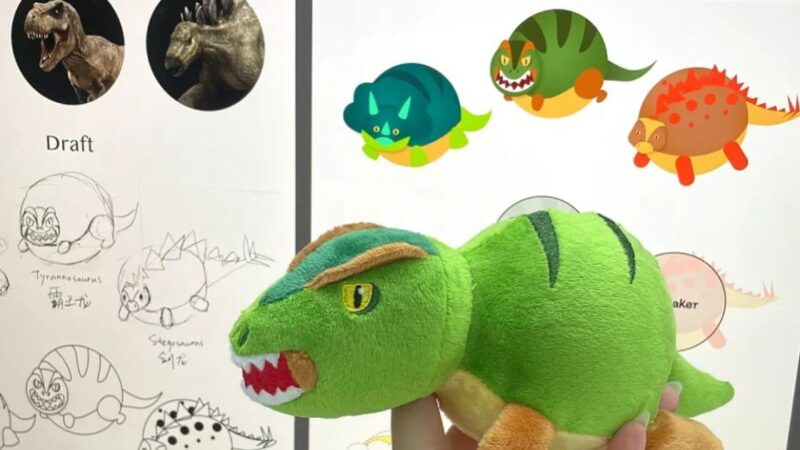
Turning a toy idea into a reality requires a strategic approach. Here’s a breakdown of the steps involved:
1. Protect Your Idea:
- Patent or Copyright:Consider patenting the functionality or copyrighting the design of your toy to protect intellectual property.
- Non-Disclosure Agreements (NDAs):If sharing your idea with potential partners or manufacturers, ensure they sign NDAs to protect your concept.
2. Develop Your Idea:
- Market Research:Understand your target audience, their preferences, and the competitive landscape.
- Prototype Creation:Build a physical or digital prototype to visualize your toy.
- Refine Your Concept:Gather feedback on your prototype and make necessary adjustments.
3. Find a Manufacturer:
- Research Manufacturers:Identify potential manufacturers based on their expertise, location, and production capabilities.
- Request Quotes:Obtain quotes from multiple manufacturers to compare prices and services.
- Visit Factories:If possible, visit potential manufacturers to assess their facilities and production processes.
4. Secure Funding:
- Self-funding:Use personal savings or investments to finance your project.
- Crowdfunding:Platforms like Kickstarter or Indiegogo can help raise funds from backers.
- Investors or Partners:Seek funding from investors or partners who believe in your idea.
5. Supply Chain and Logistics:
- Material Sourcing:Identify reliable suppliers for toy components.
- Packaging Design:Create attractive and informative packaging.
- Distribution Channels:Establish partnerships with retailers or explore online sales.
6. Marketing and Sales:
- Build a Brand:Create a strong brand identity for your toy.
- Develop a Marketing Plan:Outline your target audience, messaging, and promotional activities.
- Leverage Social Media:Utilize platforms like Instagram and TikTok to reach a wider audience.
- Collaborate with Influencers:Partner with toy influencers to promote your product.
Additional Tips:
- Attend Toy Industry Events:Network with potential partners and stay updated on industry trends.
- Seek Professional Advice:Consider consulting with a toy industry expert or a business advisor.
- Be Patient and Persistent:The toy development process can be time-consuming, so stay focused and determined.
Remember, turning a toy idea into a successful product requires a combination of creativity, business acumen, and perseverance.

